Pieris Japonica-Trim or Remove?
bcca
10 years ago
Featured Answer
Sort by:Oldest
Comments (6)
bcca
10 years agoRelated Professionals
Wrentham Landscape Architects & Landscape Designers · Elwood Landscape Architects & Landscape Designers · Mitchellville Landscape Architects & Landscape Designers · Woburn Landscape Contractors · Beachwood Landscape Contractors · Fort Myers Landscape Contractors · Framingham Landscape Contractors · Longmont Landscape Contractors · San Pedro Landscape Contractors · Greenfield Landscape Contractors · Houston Decks, Patios & Outdoor Enclosures · Myrtle Beach Decks, Patios & Outdoor Enclosures · Pittsburgh Decks, Patios & Outdoor Enclosures · Salem Decks, Patios & Outdoor Enclosures · Canyon Lake Stone, Pavers & ConcreteYardvaark
10 years agobcca
10 years agoYardvaark
10 years agobcca
10 years ago
Related Stories

SPRING GARDENINGTop 10 Scented Plants for Your Garden
A palette of perfumed plants can transform even the smallest of gardens into a sensory delight
Full Story
LANDSCAPE DESIGNFind Yourself in an Epic Garden in the Shade
Feeling hot and tired gardening in the sun? The world of shade gardening beckons you to its cool mystery
Full Story
GARDENING GUIDESGreat Garden Combo: 3 Wonderful Plants for a Deer-Resistant Screen
Protect your privacy and keep deer at bay with a planting trio that turns a problem garden area into a highlight
Full Story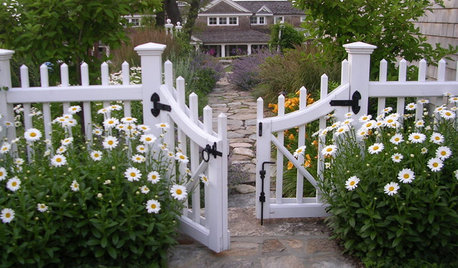
CURB APPEAL7 Ways to Create a Neighborly Front Yard
Foster community spirit by setting up your front porch, paths and yard for social interaction
Full Story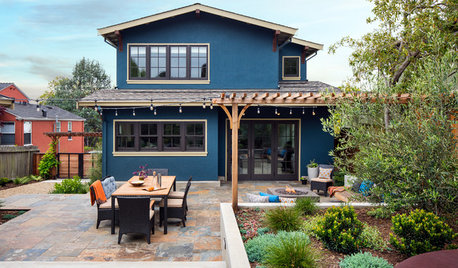
LANDSCAPE DESIGNHow to Make Your Painted or Stained House Feel at Home in the Landscape
Use color and texture to create a pleasing connection between your house and garden
Full Story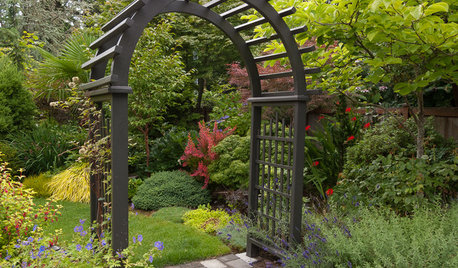
PLANTING IDEASGreat Garden Combo: 9 Plants for an Intriguing Entrance
Layer trees, flowers and shrubs around an archway to create the feeling of a year-round doorway to adventure
Full Story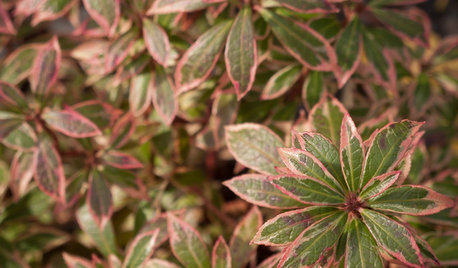
GARDENING GUIDESGreat Design Plant: Little Heath Andromeda Brings 4-Season Color
Rosiness in the cool months and fragrant white flowers in spring help make this shrub a winner — and hummingbirds love it too
Full Story
LANDSCAPE DESIGNBoxwood Alternatives Bring the Chelsea Flower Show to You
Don’t let box blight limit your plans to borrow garden design ideas from the renowned British event
Full Story
GARDENING FOR BUTTERFLIESBring on the Birds: Natural Habitat Ideas for Gardens of All Sizes
Provide nesting, watering and perching spots inspired by the Costa Rican jungle and watch the birds flock on over
Full Story
TREES11 Japanese Maples for Breathtaking Color and Form
With such a wide range to choose from, there’s a beautiful Japanese maple to suit almost any setting
Full Story





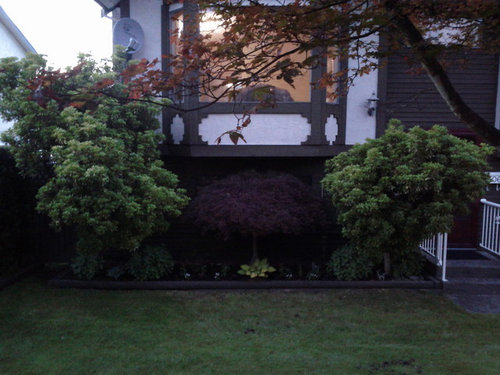
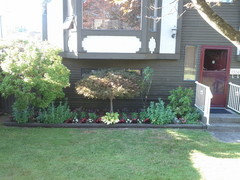

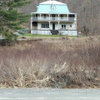



Yardvaark